Authors
Radhakrishna Achanta, Appu Shaji, Pascal Fua, and Sabine Süsstrunk
Click here to see a video presentation!!!
Abstract
Database saliency is an extension of the idea of image saliency to a collection of images. We would like to automatically find the most interesting or uncommon, and therefore most salient images, in a given database of a few thousand images. Having found these images, we use them for two image summaryapplications:image mosaics and image collages, examples of which are shown below.
We make use of image saliency, which is different from the proposed idea of database saliency, extensively for [1] creating image features used for finding database saliency, [2] for retaining salient content when creating collages by stitching together images, and [3] for performing quad-tree style decomposition of images used as the template for a mosaic. We can choose images for an application, such as a collage, either by simply choosing the top M images from a database saliency ranked list, or by choosing M images from this list that satisfy a weighted cost function that allows to best match a region of a template image with an image in the database.
Image mosaics using automatically chosen images
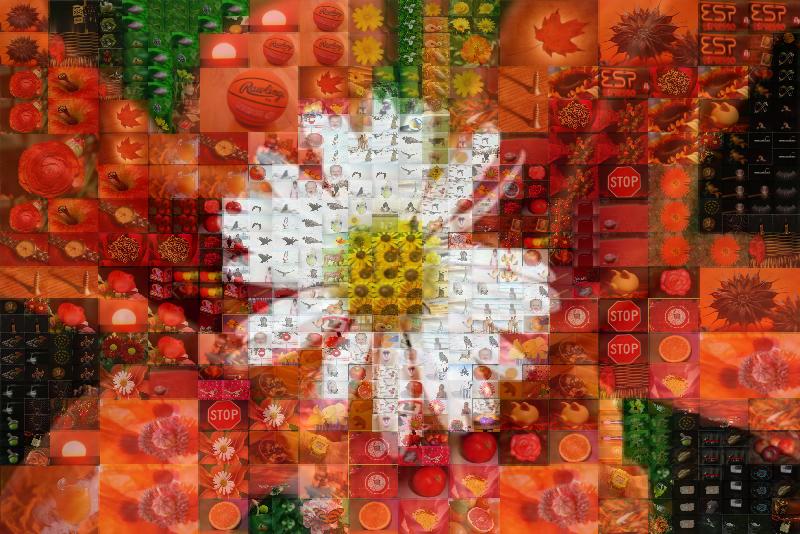 |
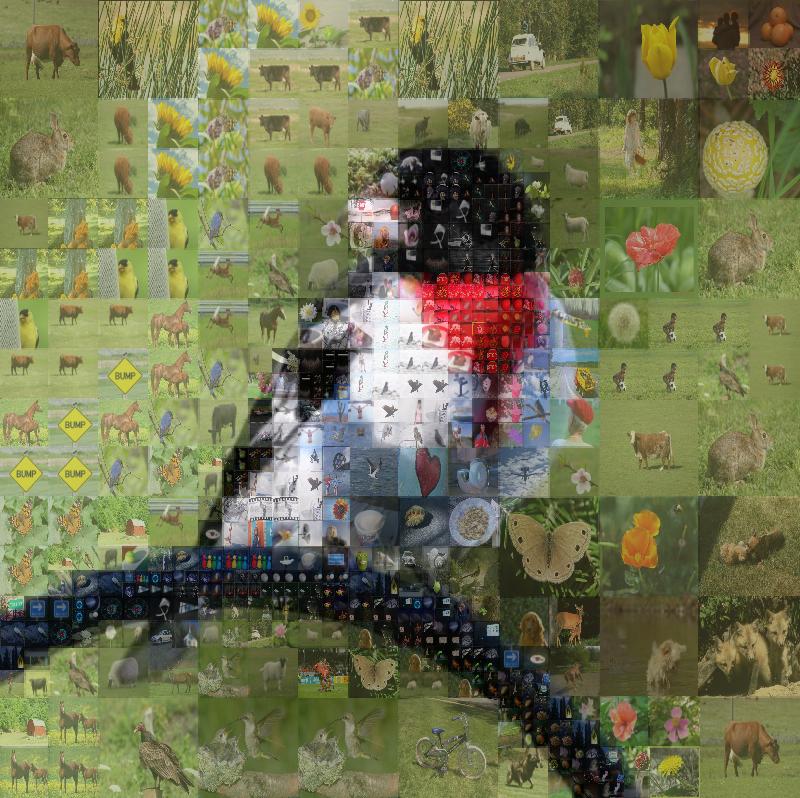 |
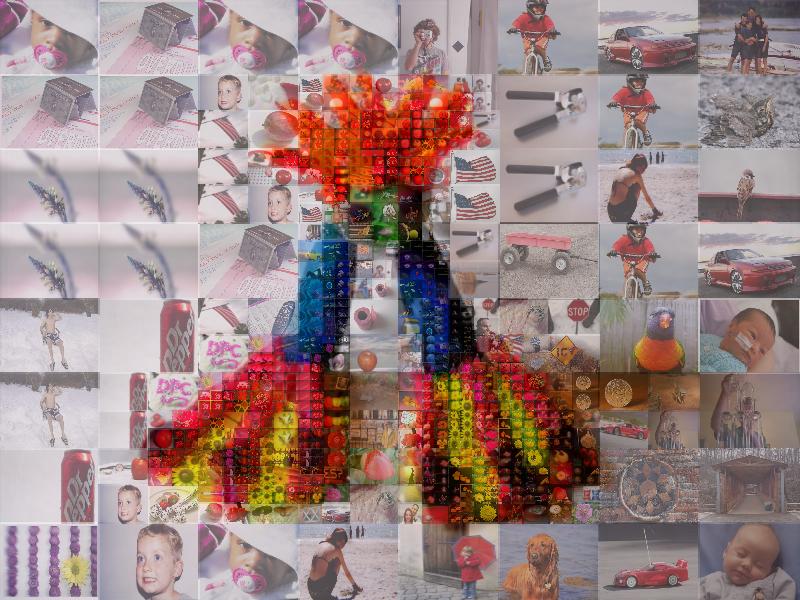 |
 |
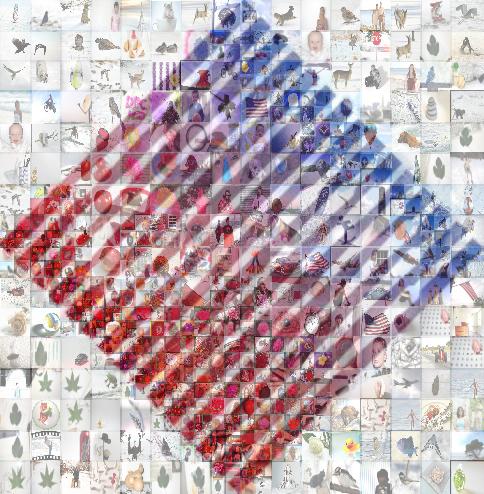 |
 |
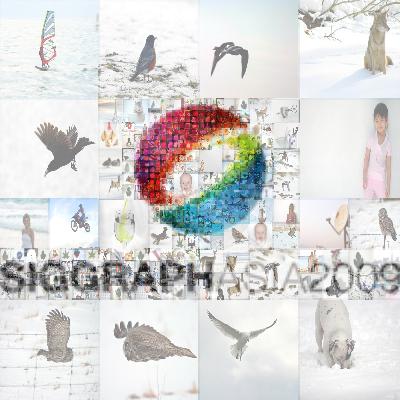 |
 |
[Click on the images to see bigger versions.]
Algorithm
We use the image saliency maps proposed by Achanta et al. [CVPR 2009] as our energy maps. We recursively subdivide the input image in four equal quadrants, subject to the energy contained within each quadrant exceeding a threshold. Each quadrant is then overlaid by the database saliency ranked image whose average Lab vector has the lowest Euclidean distance from the average Lab vector of the quadrant according a cost function. The original image and the chosen tile images are averaged to get the final mosaic.
 |
 |
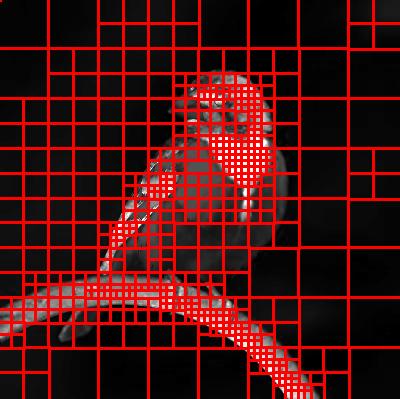 |
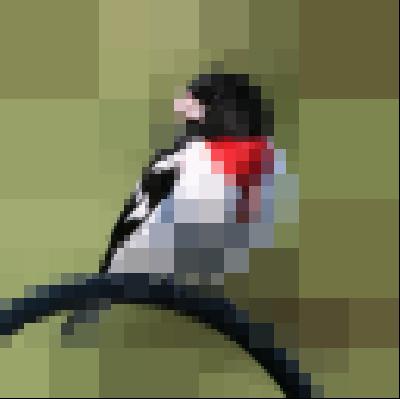 |
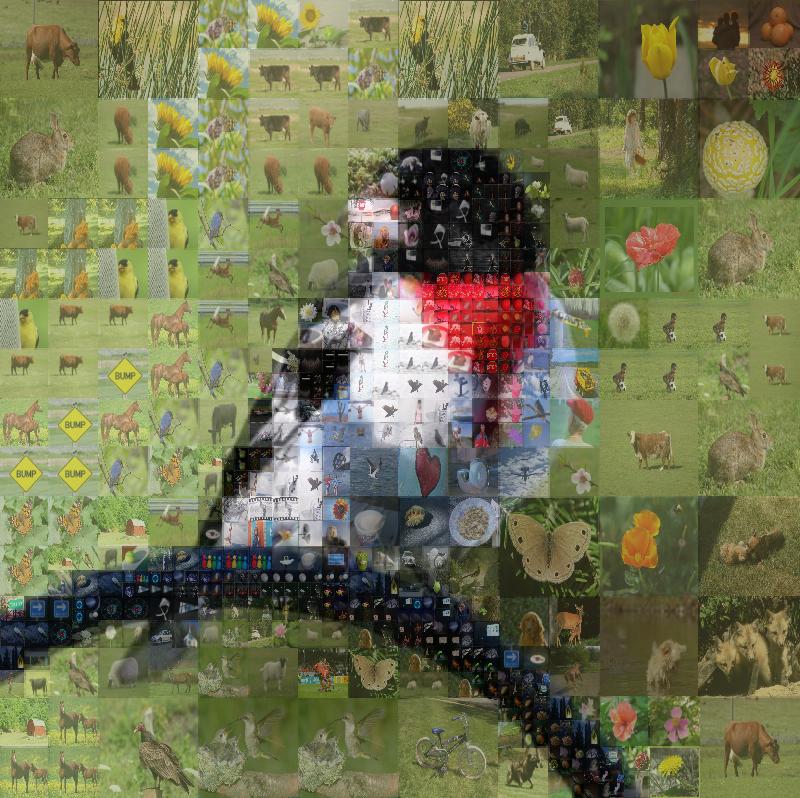 |
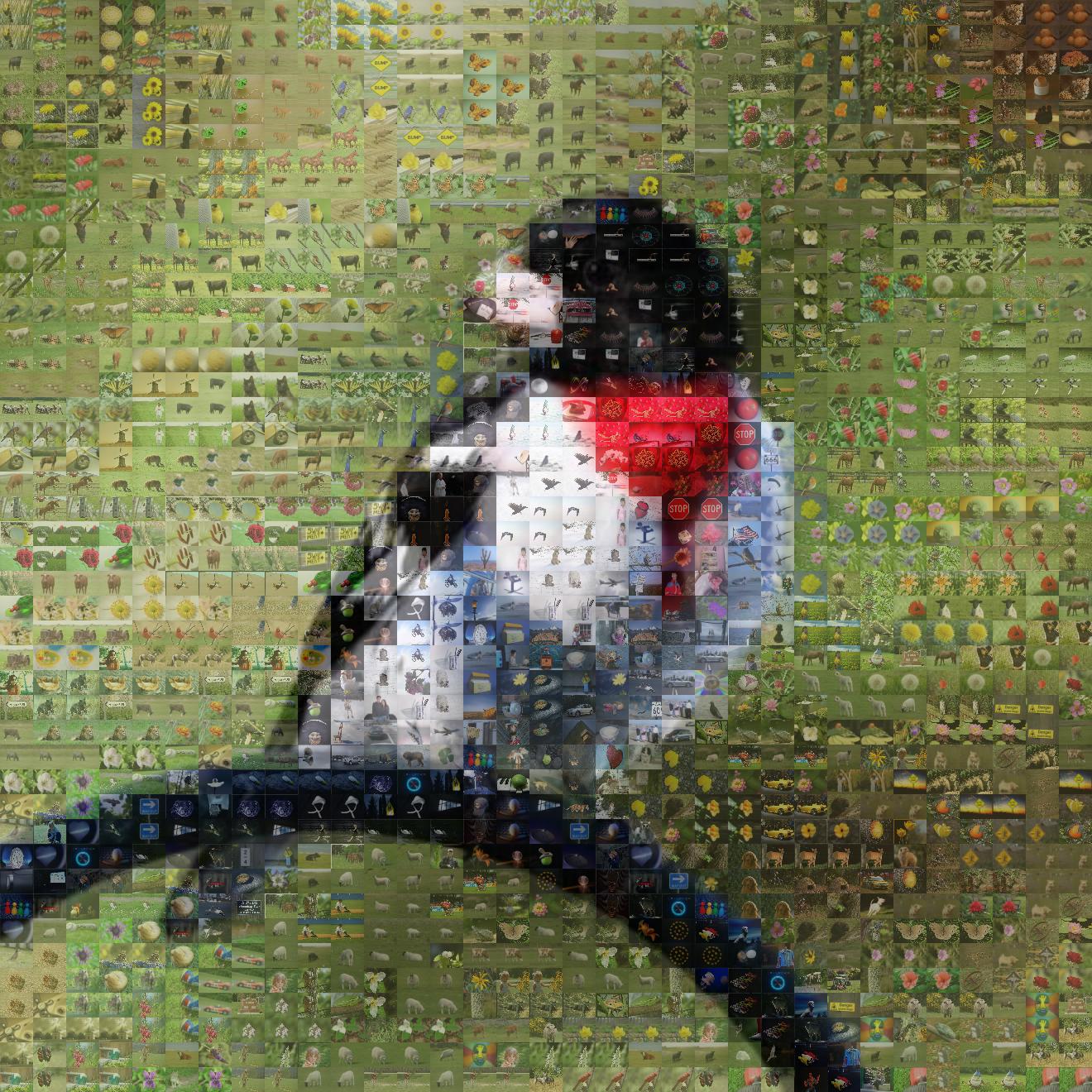 |
| Original | Saliency map | Quad-tree | Quadrant averaged image | Our mosaic | Conventional mosaic |
Conventional image mosaics have same sized tiles that are occupied by the “best matching” image from a database. If the image tiles are big, the underlying image is blocky, while if the tiles are small, the image tiles are hardly discernible. We create an image mosaic that assigns variable size image tiles based on a novel energy map decomposition technique.
Image collages using automatically chosen images
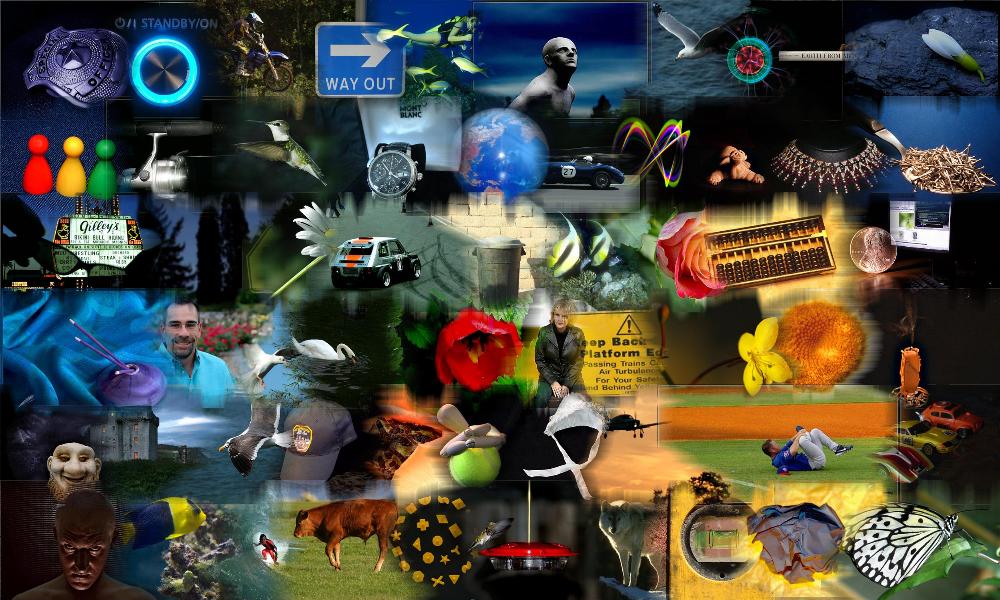 |
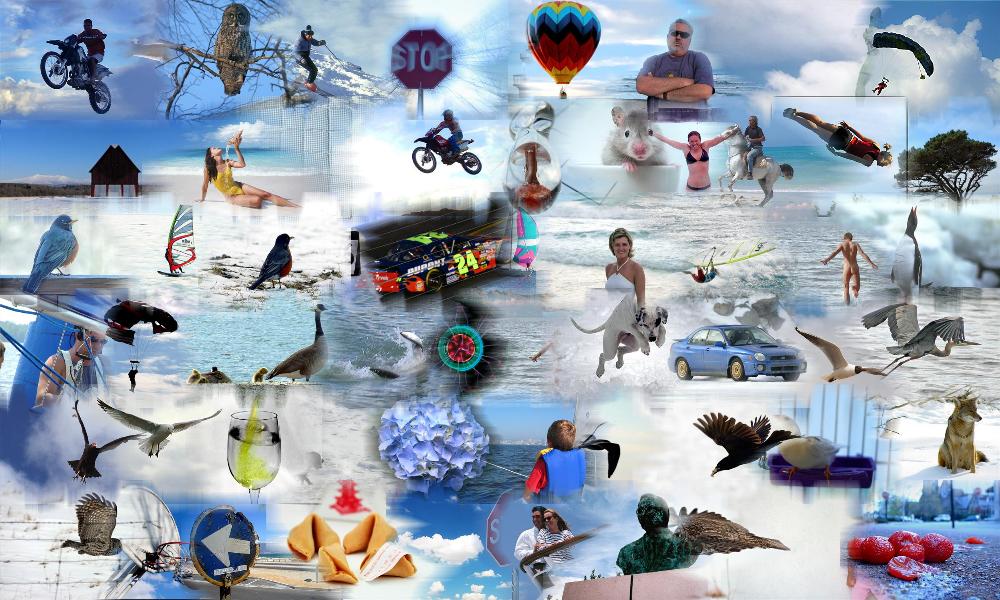 |
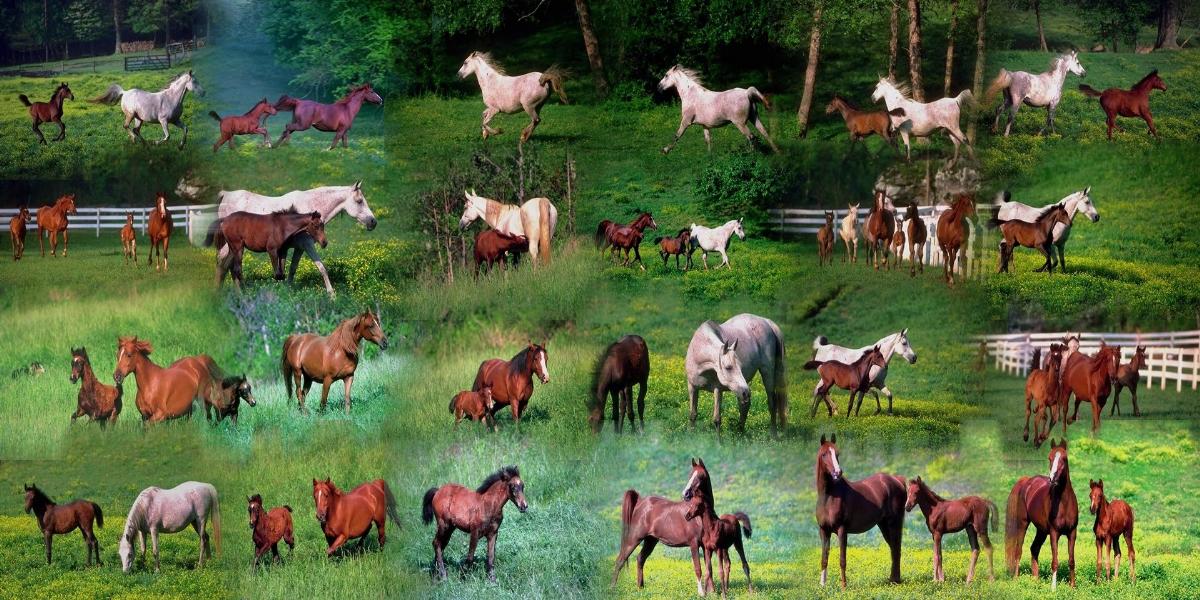 |
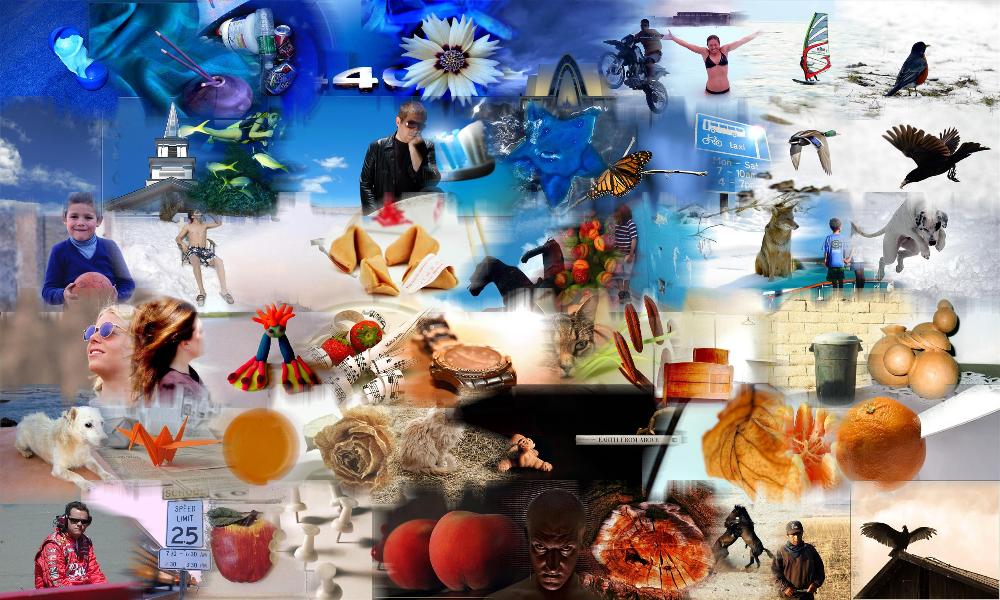 |
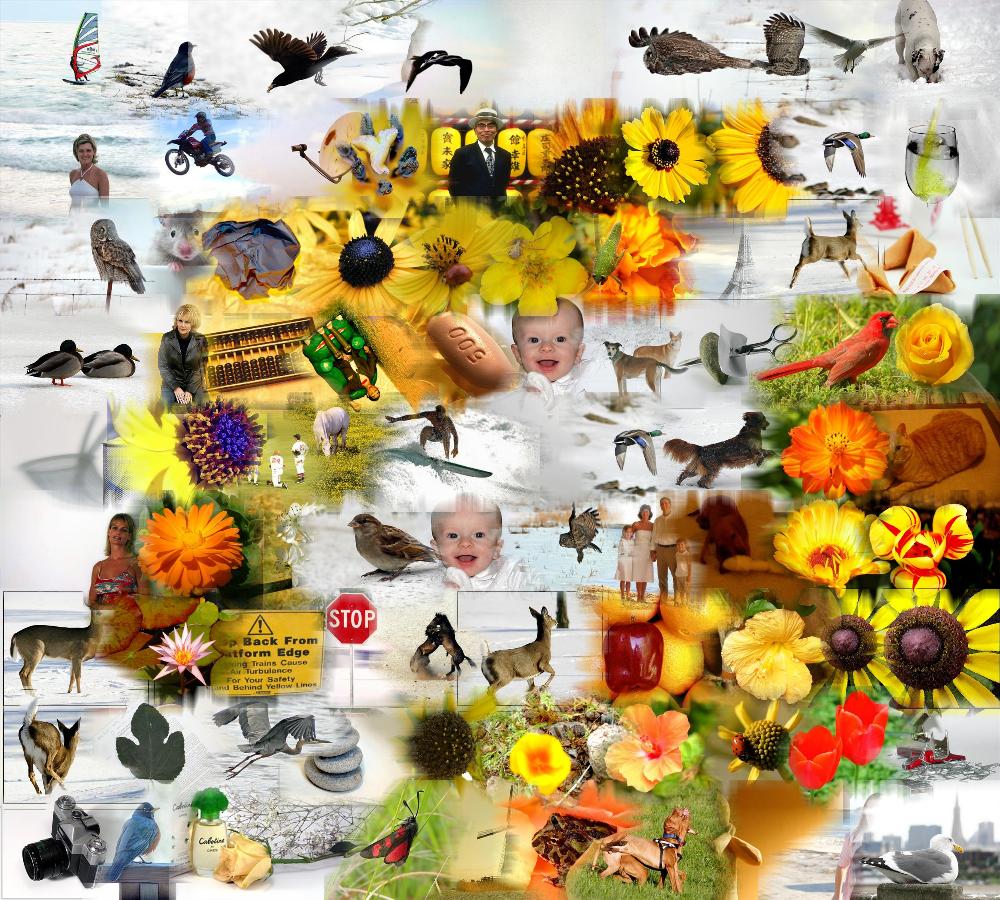 |
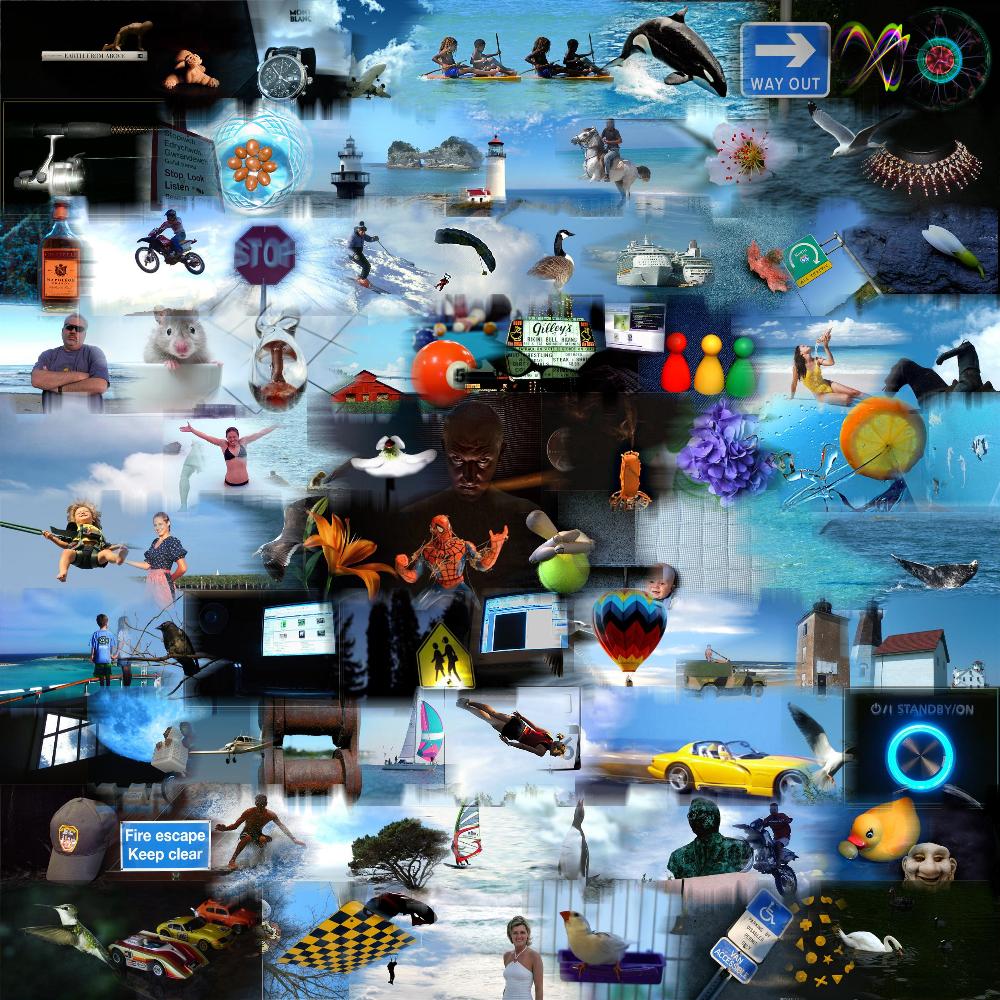 |
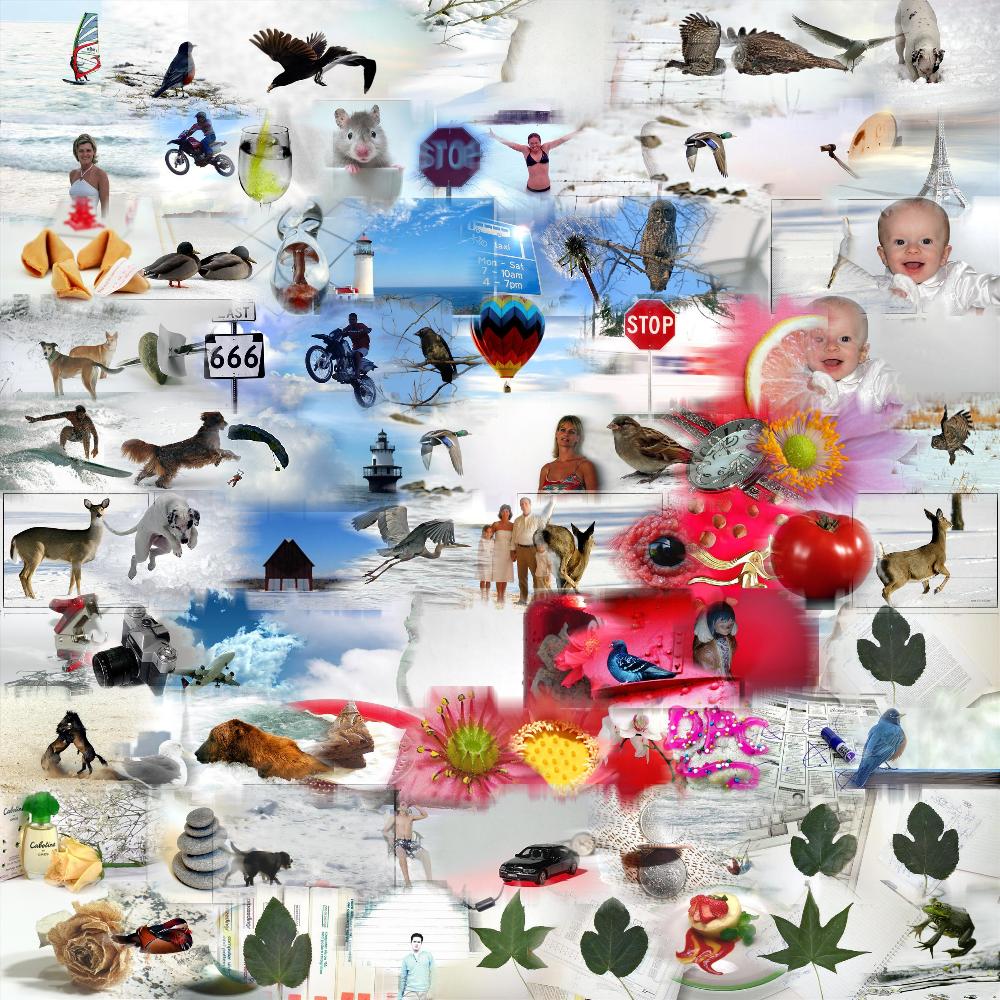 |
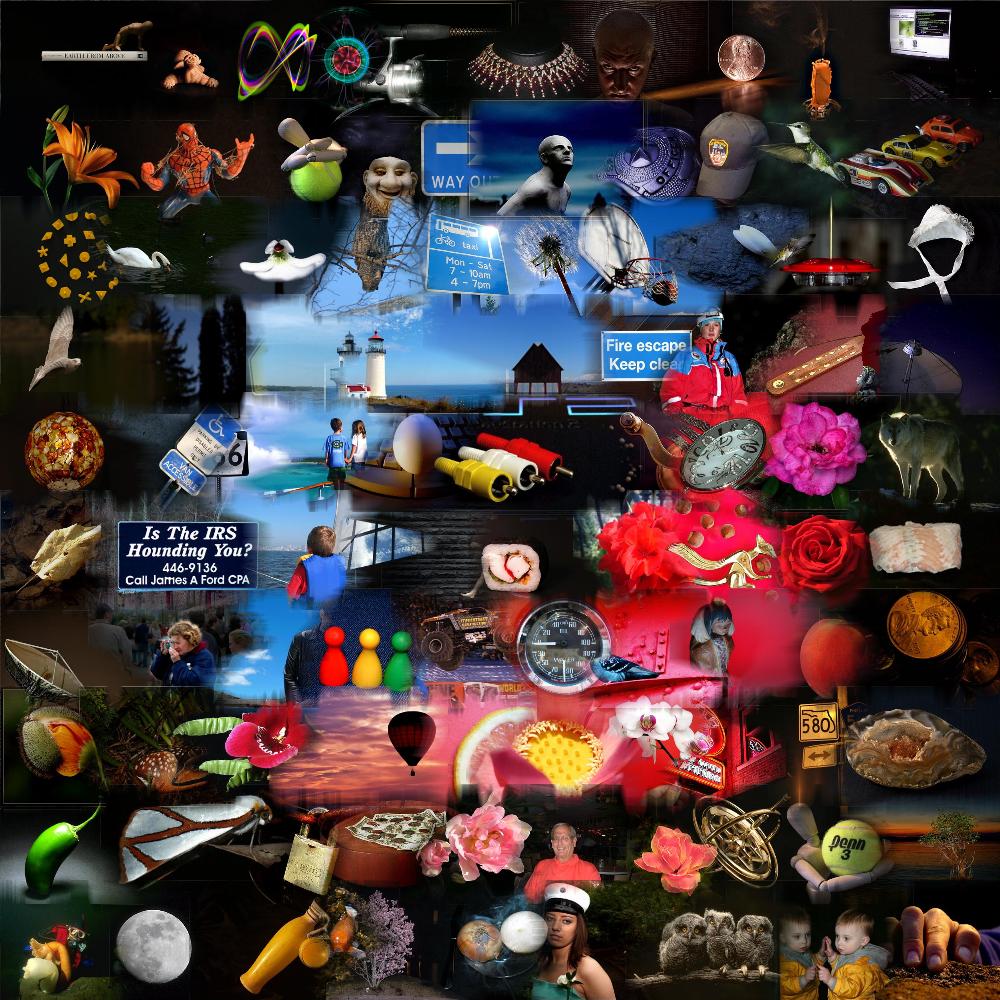 |
[Click on the images to see bigger versions.]
Algorithm
To stitch any two adjacent (overlapping) images, we choose the best seam cut in their overlapping region. This is done using an improved technique of finding a seam cut of Achanta and Susstrunk [ICIP 2009] that uses image saliency maps of Achanta et al. [CVPR 2009] gradient energy maps, and new forward edge energy terms that take into account both color and intensity information. In order to create a collage we first stitch together rows of salient images chosen by our technique, and then stitch the created rows vertically. Thus, in the resulting mosaic image saliency helps join images without altering salient content while database saliency helps in choosing the most interesting images of the database.
 |
 |
 |
 |
 |
 |
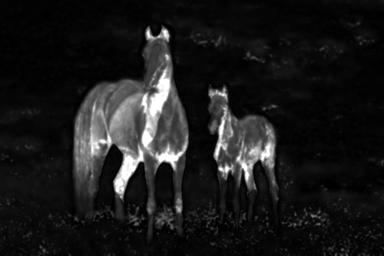 |
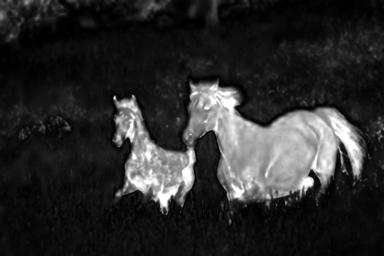 |
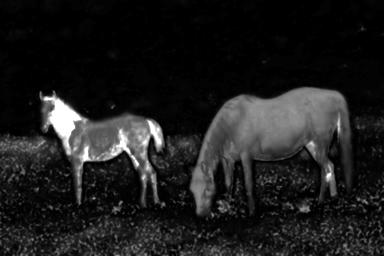 |
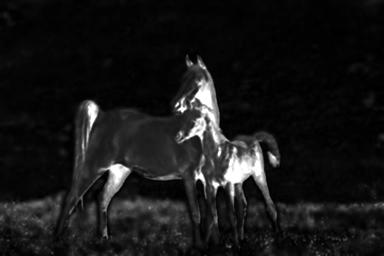 |
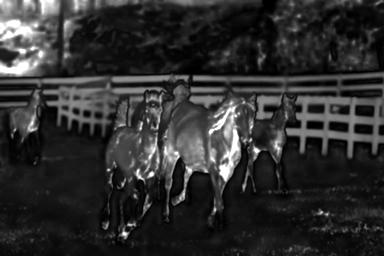 |
 |
 |
Publication
R. Achanta, A. Shaji, P. Fua and S. Susstrunk, Image Summaries using Database Saliency, ACM SIGGRAPH ASIA 2009, 2009.
[detailed record] [bibtex]